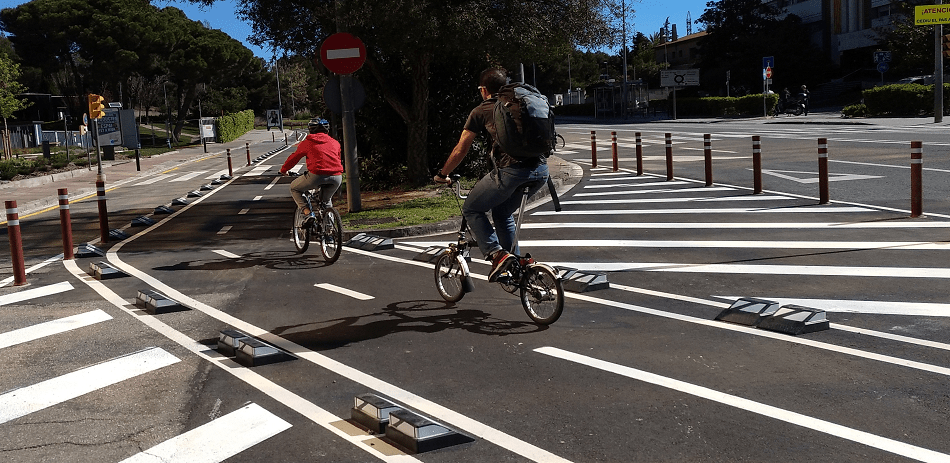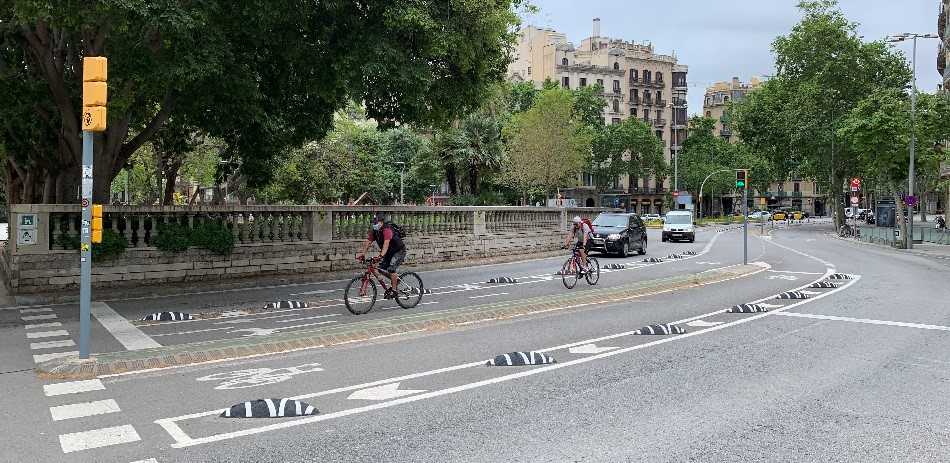The construction of new bike lanes generates a knock-on effect that increases the number of citizens who use bicycles not only on the streets where these bike lanes are but throughout the city. This is one of the main conclusions of a recently published study on cycling mobility in European cities. (Provisional COVID-19 infrastructure induces large, rapid increases in cycling -Sebastian Kraus and Nicolas Koch).
According to this study, the situation created by COVID-19 and the appearance of temporary bike lanes in many cities around the world (pop-up bike lanes) has created a unique situation that has allowed obtaining data that allows to affirm that in those cities which built this type of infrastructure, the use of bicycles has increased between 11% and 48% compared to the period prior to the outbreak of the pandemic. The study was based on the daily bicycle count of 736 counters located in 106 European cities. In these cities, in a period of four months, an average of 11.5 km of temporary bike lanes were built. The study not only quantifies the increase in cycling mobility, but also delves into the economic and health benefits that the construction of these bike lanes has had.




0 Comments